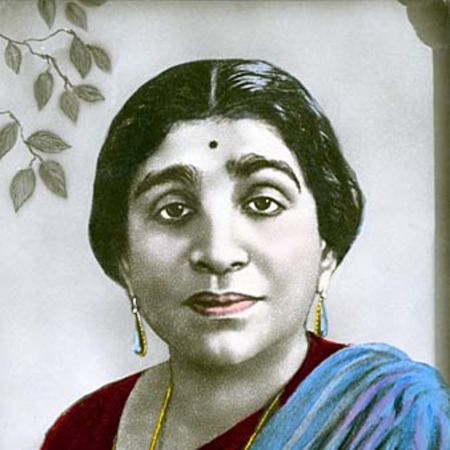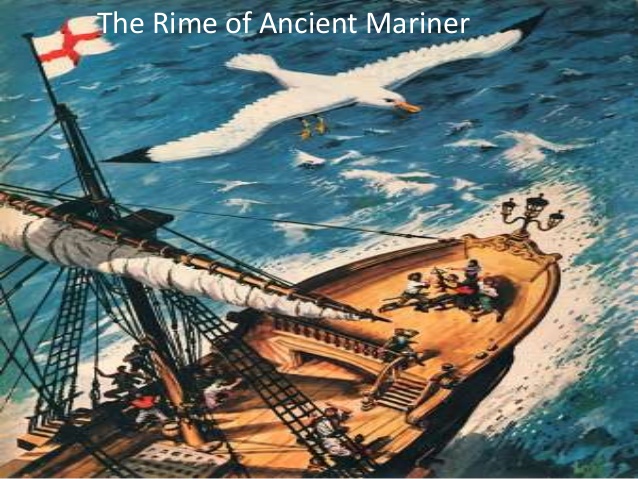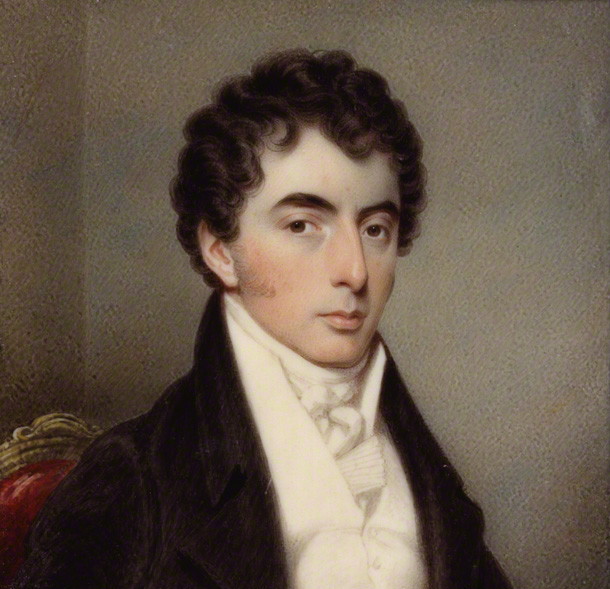Blackberrying: Analysis
This poem analysis is divided into three parts – context, rhyme scheme and rhetorical devices, and themes.
Blackberrying: Context
This part of the poem’s explanation is absolutely indispensable to the construction of its meaning. Being a confessional poet, Plath’s poetry always reflects what phase of life she is going through at the moment. According to her husband, Ted Hughes, Plath wrote ‘Blackberrying’ in 1960, after the couple’s return to England (though the poem was not published till 1971, in the posthumous collection of poems entitled Crossing the Water). The very move from America to England, from her pre-marriage life to her post-marriage one, was very traumatic for Plath. So ‘Blackberrying’ could very well be referring to that move. This is why a relatively pleasant environment, though tainted with death (that of her father when she was eight years old), gives way to a harsher one. The title of the collection Crossing the Water is also apt in this context. It could refer to crossing the Atlantic Ocean that she undertook after her marriage to Ted Hughes in moving from America to England.
Blackberrying: Poetic Devices
No consistent rhyme scheme is followed by Plath throughout this poem. Run-on lines of varying length, in fact, make the poem seem more prose-like than most of Plath’s poetry. However, post-the 1920s, this kind of poetry had been common enough. So neither is this poem unconventional, nor does the lack of a rhyme take away any of Plath’s ability to compose some of the most touching verses written in the twentieth century.
This part of the poem analysis would be incomplete without also mentioning and appreciating Plath’s skillful use of personification and alliteration. Personification lends human qualities to non-living objects. This is exactly what Plath does with the blackberries in this poem. She says that the blackberries “squander” their juices on her fingers and “accommodate” themselves to the sides of her bottle of milk because they “love” her. It is obvious that fruits can make neither move nor express emotions. But Plath personifies them in order to establish a deep bond with them. Plath also uses alliteration (repetition of the same sounds in proximity to each other) in some instances in this poem, for example, when she writes “Blackberries/ Big as the ball of my thumb” in the fourth and fifth lines of the first stanza.
Blackberrying: Themes
This part of the poem’s explanation is based on childhood, death, and Christianity. Blackberry-picking is an activity left to the children of American families. Plath, too, must have taken part in this activity in her childhood. The fact that she still engages in such an activity in adult life shows her yearning for a return to that childhood. The sea is also an emblem of childhood for Plath. Much of her life, when her father was still alive, was spent close to the sea in Boston, Jamaica Plain, and Wellesley in the state of Massachusetts. Her yearning for the sea is thus understandable. The fact that the sea does not show itself at any part of the poem is proof that Plath was realizing, in her time spent with Ted Hughes, that she could never return to the kind of life she had in America when she was close to nature. This did contribute significantly to her depression, which eventually led to her death from suicide in 1963.
Death figures majorly in the second stanza of ‘Blackberrying.’ Plath’s description of the choughs as “bits of burnt paper” is reminiscent of a funeral pyre. The fact that the flies are crowding among the blackberries could also be a reference to how rotten meat, the remnants of dead bodies, often attract flies. Such somber imagery somewhat sobers up the beautiful childhood that Plath describes metaphorically through the image of blackberry picking. Her childhood was, in fact, sobered by the death of her father, following the amputation of a limb, barely two weeks after Plath’s eighth birthday.
Christian symbols are often noticeable in Plath’s poetry, and ‘Blackberrying’ is no exception. Plath’s mother was a devout Christian and tried to instill its principles into her daughter’s mind. For this reason, Plath’s suicidal thoughts created a dilemma and guilt in her, for suicide is considered a sin in Christianity. In this poem, however, Christian metaphors are employed for a different purpose – to construct the description of her childhood along the lines of the depiction of Paradise in the Bible. The Bible describes paradise as a “land of milk and honey.” At two points in the poem, Plath also brings in allusions to mild and honey. Firstly, she brings in the image of a milk bottle in which she is putting the blackberries as she plucks them. Secondly, she describes the flies’ devouring of the berries as a “honey-feast.” In this context, Plath also makes a reference to the tradition of the Eucharist, in which the bread and wine consumed by the congregation in a church at Communion is said to be flesh and blood of Christ. Just as the flies feast on the berries and come to believe in heaven, the congregation consumes Christ’s flesh and blood to come to a belief in His words, that is, in Christian religious doctrine. These are all powerful images, and all of them contribute to attributing a richer meaning to the poem beneath its so-called simple words.
Other than Blackberrying: Analysis, you can also refer to Blackberrying: Summary.
Some online learning platforms provide certifications, while others are designed to simply grow your skills in your personal and professional life. Including Masterclass and Coursera, here are our recommendations for the best online learning platforms you can sign up for today.
The 7 Best Online Learning Platforms of 2022
- Best Overall: Coursera
- Best for Niche Topics: Udemy
- Best for Creative Fields: Skillshare
- Best for Celebrity Lessons: MasterClass
- Best for STEM: EdX
- Best for Career Building: Udacity
- Best for Data Learning: Pluralsight
















